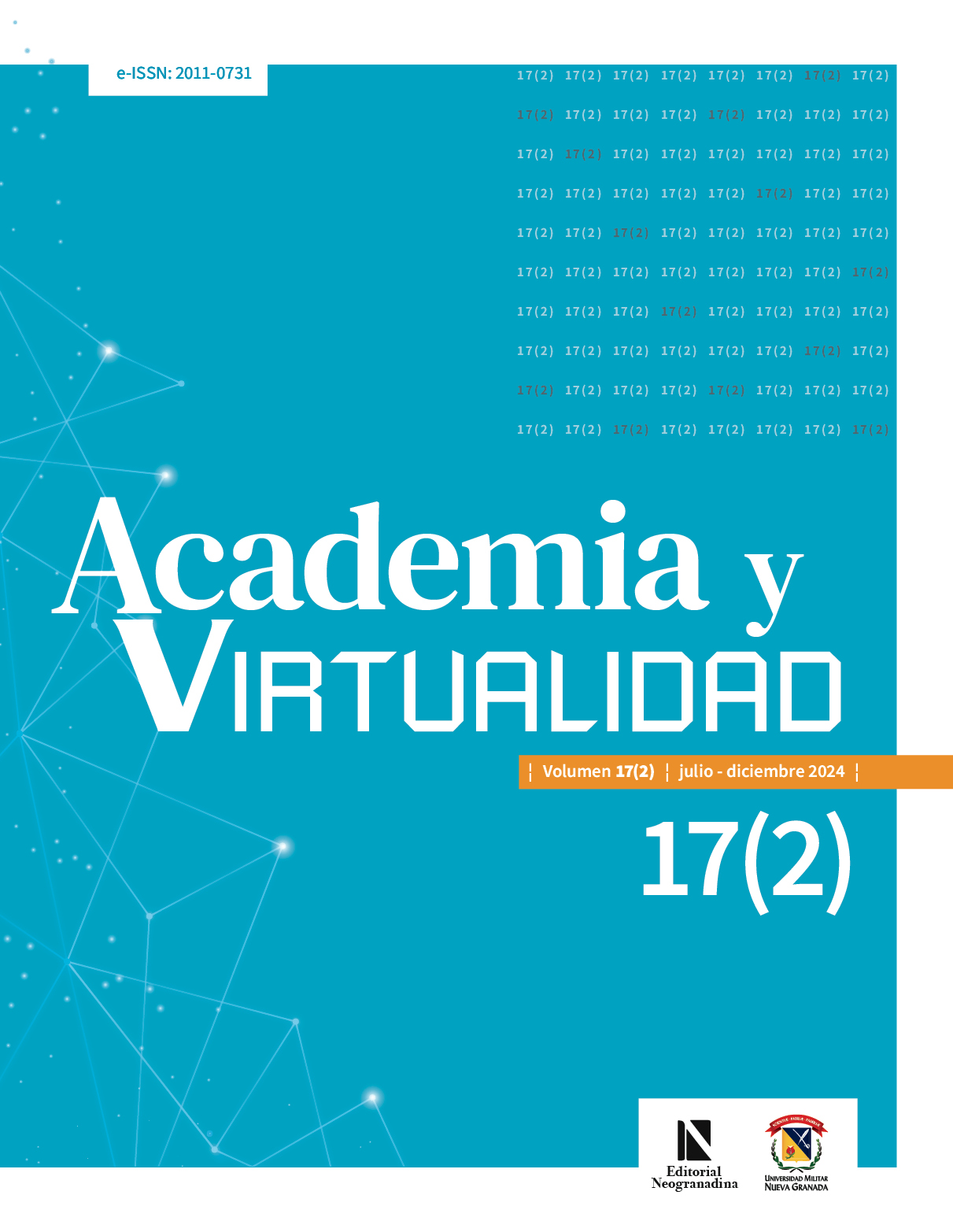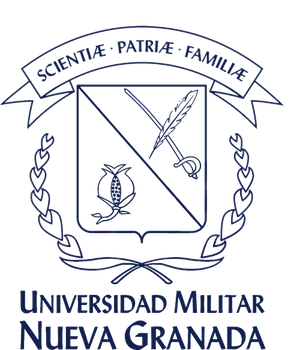The “E” In Engineering in The stem Approach
Abstract
Education opens up new opportunities through the STEM approach, which transcends traditional content by integrating the disciplines such as Science, Technology, Engineering, and Mathematics. This approach promotes the fusion of academic competencies and life skills, effectively preparing human capital to tackle the challenges of the Fourth Industrial Revolution. However, mere acquisition of knowledge is insufficient; it must be applied in practice to cultivate scientific and technological thinking that drives industrial and social development. Engineering, with its emphasis on systemic thinking, plays a crucial role in generating creative and innovative ideas to address both specific and general problems. The integration of this model into the STEAM approach formalizes the process of applying knowledge in practice, fostering meaningful and effective learning.
Downloads
References
Academia Nacional de Ingeniería y Consejo Nacional de Investigaciones. (2009). Ingeniería en educación K-12: Comprender el estado y mejorar las perspectivas. Prensa de Academias Nacionales.
Asociación Internacional de Educadores de Tecnología e Ingeniería [ITEEA] y Consejo de Formación Docente en Tecnología e Ingeniería [CTETE]. (2020). Estándares para la alfabetización tecnológica y de ingeniería.
Atman, C. J., Adams, R. S., Cardella, M. E., Turns, J., Mosborg, S. y Saleem, J. (2007). Procesos de diseño de ingeniería: una comparación de estudiantes y profesionales expertos. Revista de Educación en Ingeniería, 96(4), 359–379.
Boorstin, D. (1983). The Discoverers. Random House.
Bybee, R. W. (2013). El caso de la educación STEM: desafíos y oportunidades. Asociación Nacional de Profesores de Ciencias.
Consejo Nacional de Investigación [NRC]. (2012). Un marco para la educación científica K-12: Prácticas, conceptos transversales e ideas centrales. Prensa de las Academias Nacionales. https://doi.org/10.17226/13165
Couso, D. y Simarro, C. (2020). La educación STEM a través de lo epistemológico: Revelando el desafío de la transdisciplinariedad STEM. En C. C. Johnson, M. J. Mohr-Schroeder, T. J. Moore y L. D. English (eds.), Manual de investigación sobre educación STEM (pp. 17-28). Taylor y Francis Inc.
English, L. D. y King, D. T. (2015). Aprendizaje STEM a través del diseño de ingeniería: investigaciones de estudiantes de cuarto grado en el sector aeroespacial. Revista Internacional de Educación STEM, 2(14), 1–18. https://doi.org/10.1186/s40594-015-0027-7
Honey, M., Pearson, G. y Schweingruber, H. (2014). Integración STEM en la educación K-12. Comité de Educación STEM Integrada, Academia Nacional de Ingeniería y Consejo Nacional de Investigación.
King, D. y English L. D. (2016). Diseño de ingeniería en la escuela primaria: aplicación de conceptos básicos para construir un instrumento óptico. Revista Internacional de Educación Científica, 38(18), 2762–2794. https://doi.org/10.1080/09500693.2016.1262567
Johnson, C. C., Mohr-Schroeder, M. J., Moore, T. J. e English, L. D. (eds.). (2020). Manual de investigación sobre educación STEM (1a ed.). Rutledge.
Li, Y., Schoenfeld, A. H., Andrea, A., Graesser, A. C., Benson, L. C., English, L. D. y Duschl, R. A. (2019). Diseño y pensamiento de diseño en la educación STEM. Revista de Investigación en Educación STEM, 2, 93–104. https://doi.org/10.1007/s41979-019-00020-z
Luhmann, N. (1999). Teoría de sistemas: artículos II. Universidad de los Lagos.
Morin, E. (13 de agosto del 2000). Siete Saberes [prólogo a un documento de la Unesco]. Lecturas Dominicales, El Tiempo.
Osborne, J. (2014). Enseñanza de prácticas científicas: afrontar el desafío de cambiar. Revista de Formación de Profesores de Ciencias, 25(2), 177–196. https://doi.org/10.1007/s10972-014-9384-1
Padilla, M. (2004). El conocimiento humanístico debería ser ahora más importante que nunca. Entrevista: Rosalind Williams, directora del programa de ciencia, tecnología y sociedad del MIT. Barcelona - 14 junio 2004.
Park, W., Wu, J. y Erduran, S. (2020). La naturaleza de las disciplinas STEM en los documentos de estándares de educación científica de EE. UU., Corea y Taiwán centrándose en objetivos, valores y prácticas disciplinarios. Science & Education, 29, 899-927. https://doi.org/10.1007/s11191-020-00139-1
Petroski, H. (2010). The Essential Engineer: Why Science Alone Will Not Solve Our Global Problems. Knopf.
Real Academia Española. (2024). Ingeniería [Definición]. En Diccionario de la lengua española (23.a ed.). https://dle.rae.es/ingeniería
Sokolowski, A. (2018). Investigación científica en matemáticas: teoría y práctica. Una perspectiva STEM. Springer. https://doi.org/10.1007/978-3-319-89524-6
Vincenti, W. (1990). Qué Saben los Ingenieros y Cómo lo Saben. Prensa de la Universidad Johns Hopkins.
Wilczynski, V. y Douglas, S. M. (1995). Integrating design across the engineering curriculum: A report from the trenches. Journal of Engineering Education 84(3), 235-240
Copyright (c) 2024 Academia y Virtualidad

This work is licensed under a Creative Commons Attribution-NonCommercial-NoDerivatives 4.0 International License.











